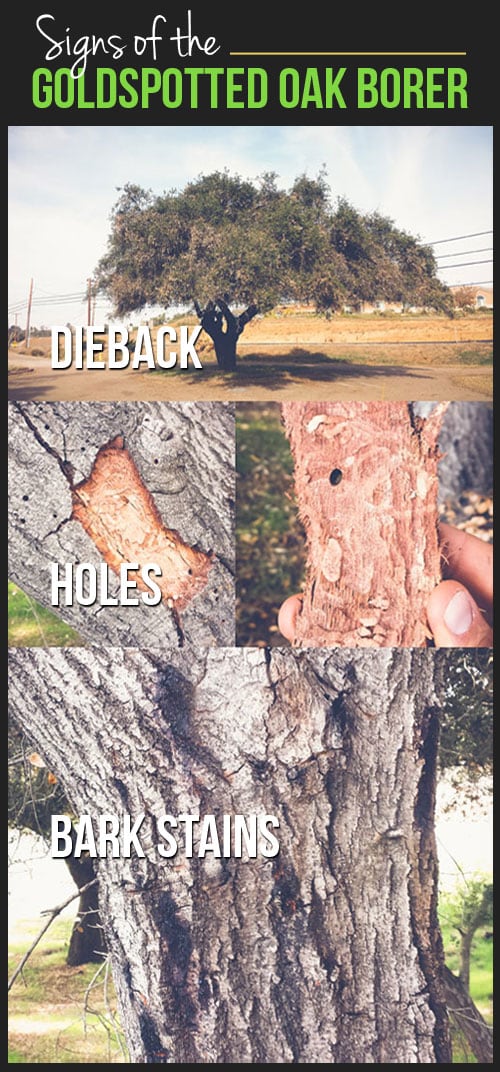Identifying The Right Time For Tree Removal - A Guide For Homeowners
Identifying The Right Time For Tree Removal - A Guide For Homeowners
Blog Article
Short Article By-Kehoe Conway
Trees add charm and worth to building, however they can additionally posture a danger during severe weather events. If a tree has quit growing, is displaying noticeable fungal development, or has a leaning trunk, it ought to be removed by a professional to avoid building damage and injury.
To learn more, participate in a property owner source fair co-hosted by HPD, the Center for NYC Neighborhoods, and Brooklyn-based real estate partners this night in Bedford-Stuyvesant. The occasion will certainly include the Home owner Handbook, a new guide to help house owners navigate the duties of having a home.
1. Dead or Dying Branches
Trees are an indispensable part of your home's landscape, supplying shade and elegance. They additionally supply sanctuary for wildlife and generate oxygen, but also healthy trees can experience health problems that might demand their removal. Dead or dying trees aren't simply undesirable, they can be dangerous. Their branches can fall during a storm, bring about pricey property damage and injuries.
When a tree's branches start to die, it means that its framework is starting to break down. If most of its branches are dead, it is most likely time to remove it.
Try to find an absence of new development, bark peeling, open injuries or dental caries, fungis expanding on the trunk or roots and a general appearance of decay in the entire cover. These indications of infection can suggest a significant problem that will require professional tree services to fix.
2. Leaning Trunk
While it's typical for trees to lean every now and then due to phototropism, if a tree has a harmful or extreme lean that's not as a result of natural processes - maybe a sign that the tree requires to be gotten rid of. If top notch tree service is favoring a high-voltage line, home, automobile, play structure or any other location that could be harmful to individuals if it drops, then getting in touch with an expert tree service for elimination should be a top concern.
It's additionally important to expect any kind of sudden changes in a tree's leaning as it can indicate damage to the origins or trunk that might result in dropping. This is especially true during stormy weather, since high winds and rain-soaked soil can cause a lean to alter swiftly. Regular monitoring, especially throughout and after tornados can aid house owners acknowledge prospective problems with their trees so they can call an arborist for a detailed examination.
3. Bug Problem
Some pest infestations, such as wood-boring bugs like emerald ash borer or sap-suckers like scale pests, are so severe that they can create a tree to pass away. The most effective means to prevent pest infestation is to monitor your trees often. Seek places, openings, or discolorations in the leaves and bark. Check out the trunk for fractures and indications of insect damages, such as passages or tracks.
If a tree becomes too ravaged with parasites, or is close to a home or power lines, an arborist might advise removal. If lower maintenance costs leaning tree establishes a brand-new, unstable lean, an arborist will likely advise elimination too to make sure the safety and security of individuals and home. If a damaged or dead tree consistently drops extreme branches, it is a sign that it is time to remove the tree. If a tree remains to lose branches for a prolonged time period, it might result in structural issues and possible building damages.
4. Harmed Trunk
Trees are an attractive and important part of our landscape, yet they do need normal care to keep them healthy and balanced and safe. If a tree is harmed irreparable it is likely time for it to find down.
Look for indicators of damages to the trunk, consisting of vertical cracks, seams, dead branch stubs, visible wounds or open cavities and serious tree-rot. The existence of fungi at the base of the trunk is another advising indicator. Fungis may suggest that the phloem and xylem (life-support cells) are jeopardized, allowing for the spread of illness or a future failure.
Additionally, take into consideration whether the tree has actually quit expanding. Healthy and balanced trees will have new growth every year, which may be visible as buds or branches sprouting and expanding. If you don't see any new development, it's an excellent idea to have an arborist examine the tree and follow their referral for removal. A passing away or damaged tree can fall and create property damages.